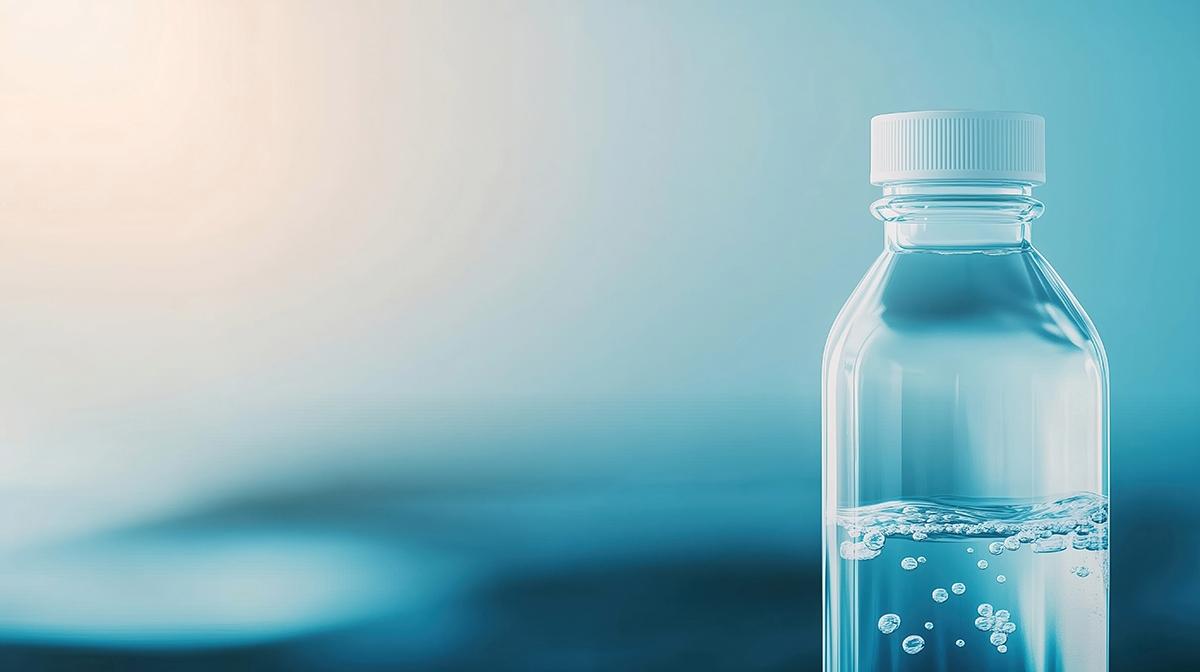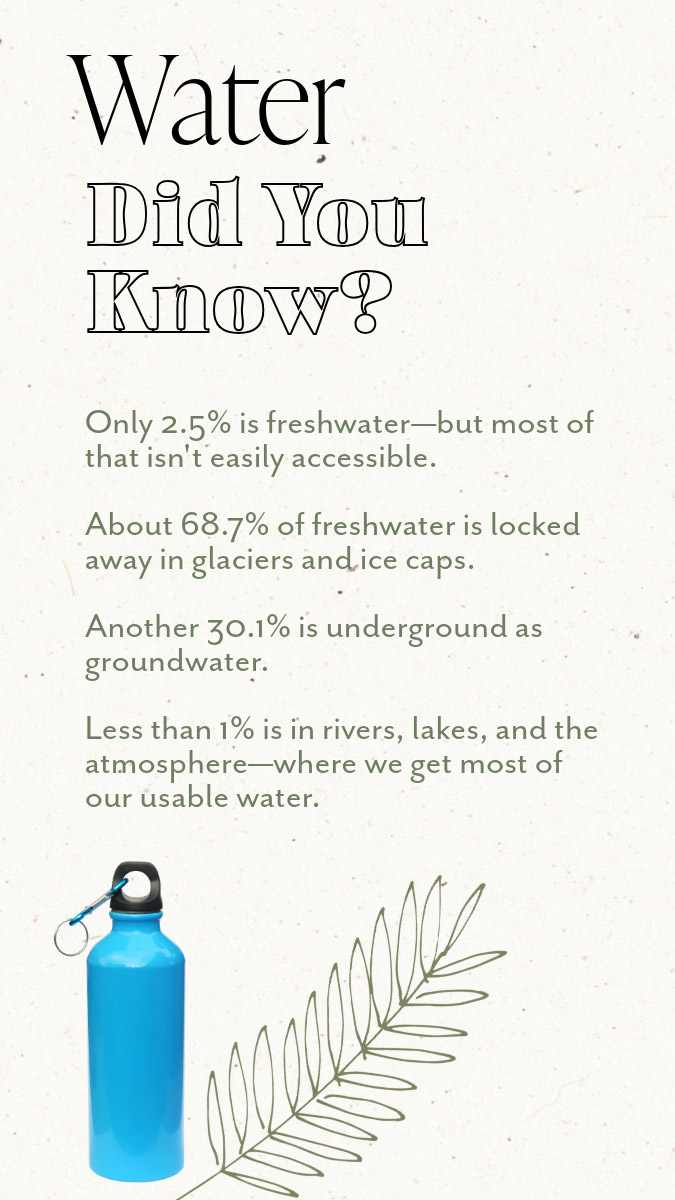Microplastic Exposure: Bottled Water vs Tap

Microplastic Exposure: Is Bottled Water Worse Than the Tap?
When you're thirsty, do you reach for bottled water, thinking it's the cleaner, safer choice?
You're not alone. Many people believe bottled water is better for their health, but here's something surprising: both bottle and tap water may contain microplastics - tiny pieces of plastic that you can't see, but might still end up in your body.
Scientists have been finding these tiny particles almost everywhere, even in the water that we drink. And while we're still learning exactly how they affect our health, some studies suggest they could be linked to problems like inflammation or even heart disease.
In Australia, most people drink tap water directly from the tap, and it's generally considered safe and of high quality. But when it comes to microplastics, is bottled water any better, or could it be worse?
What Are Microplastics?
Microplastics are tiny pieces of plastic, usually smaller than a sesame seed.
Some are so small, you'd need a microscope to see them. Some microplastics are made that way on purpose, like the ones that used to be found in face scrubs or toothpaste.
However, the majority come from the breakdown of larger plastic items, such as bags, bottles, or clothing made from synthetic fibers.
Over time, exposure to sunlight, heat, and water causes these plastic items to break down into smaller and smaller pieces that make their way into rivers, lakes, oceans, and even the water we drink.
Because plastic doesn't fully break down like natural materials do, microplastics hang around in the environment for a long time. They've been found in soil, seafood, and yes - even in both bottled and tap water.
While it might sound scary, it's something many scientists are now studying closely. The good news is that we are learning more about where these microplastics come from and how we might reduce our exposure to them.
Microplastics in Bottled Water
If you think bottled water is the "cleaner" option, you are not alone. But research suggests it might contain more microplastics than tap water.
A 2022 study by Gambino et al.published in the International Journal of Environmental Research and Public Health looked at the presence of microplastics in drinking water. It reviewed several studies and found that bottled water tends to have higher levels of microplastics than tap water.
Why? Well, one of the major reasons is the packaging.
Most bottled water comes in plastic bottles made out of polyethylene terephthalate or PET. Over time, especially when bottles are exposed to heat or reused, tiny plastic particles can break off and mix into the water.
Even the bottle caps can contribute to microplastic contamination. The production and bottling process itself may also introduce tiny plastic fragments.
So, while bottled water may seem like the more "pure" choice, it could be adding more plastic into your body with every sip.
Microplastics in Tap Water
Now, what about tap water?
While it's not completely free of microplastics, studies show that tap water usually contains fewer microplastic particles than bottled water.
According to the same study by Gambino et al (2022), the levels of microplastics in tap water are generally lower, though they can still be present. These particles can come from a few different sources, like environmental pollution that gets into the water supply or tiny plastic fragments that may shed from aging pipes or water filters.
In Australia, the good news is that tap water is highly regulated and considered among the safest in the world. Many Australians drink it straight from the tap without any filtration. Still, some people choose to use filters at home to further reduce possible contaminats, such as microplastics.
While research is still ongoing, there is a growing agreement that filtered tap water is often the better choice if you're trying to limit your exposure to microplastics. It contains fewer plastic particles compared to bottled water, and it helps reduce plastic waste from single-use bottles.
Health Implications of Microplastic Ingestion
The question still stands: if these plastic particles are so tiny, do they cause harm?
That is the big question scientists are still working to answer. While there's still a lot we don't know, early research suggests that microplastics could affect our health in ways we're only beginning to understand.
So far, no official safe limit has been set for microplastic intake, and long-term studies on their effects in humans are still underway. But what we do know is enough to make many people cautious, especially when it comes to what they drink every day.
While occasional exposure might not be harmful, regularly consuming microplastics over time could pose risks, especially if they can travel beyond the digestive system and into the bloodstream or organs.
Answering the Question: Bottled or Tap Water?
Although bottled water is often seen as the safer choice, studies show it typically contains more microplastics than tap water, mainly due to plastic packaging and processing.
In Australia, where tap water is clean and well-regulated, drinking from the tap—or using a basic filter—may reduce your exposure to microplastics.
It's a simple switch that's better for your health and the environment.

References
Gambino, I., Bagordo, F., Grassi, T., Panico, A., & De Donno, A. (2022). Occurrence of microplastics in tap and bottled water: Current knowledge. International Journal of Environmental Research and Public Health, 19(9), 5283.
https://doi.org/10.3390/ijerph19095283
Yahoo News. (2024, May 12). Scientists make alarming discovery about health impact of microplastics in drinking water.
https://www.yahoo.com/news/scientists-alarming-discovery-health-impact-101513788.html
SEARCH ARTICLES
advanced search tips examples: "Yoga Meditation" Therap* +Yoga +MeditationRecent Posts

Nov 27 2025
The Psychology Behind the Primacy Effect

Jun 24 2025
Microplastic Exposure: Bottled Water vs Tap

Jun 09 2025
Squats for aligning hips

Apr 29 2025
Creative Thinking

Jan 28 2025
How to talk to someone you disagree with

Jan 27 2025
Alcohol Causes Cancer

Jan 14 2025
The role of the Amygdala

Oct 04 2024
A Support Guide for Anorexia Nervosa

Jun 25 2024
Sleep better



